How can we live more sustainably in the city? If you're looking for answers to this question, you've come to the right place! We all have no choice but to make our everyday lives more environmentally friendly. The biggest environmental problems of our time and the protection of the planet for future generations make social change indispensable.
However, it is not only in the green village, but also in the midst of the sealed, dusty, hectic urban jungle that countless opportunities lie buried to breathe more sustainability into our everyday lives.
In this article, I would like to introduce you to the best tips for sustainable living in the city. Finally, you will also find out where an environmentally friendly everyday life is generally easier and what sustainable urban development can look like. Let's go!
10 tips: How can you live sustainably in the city?
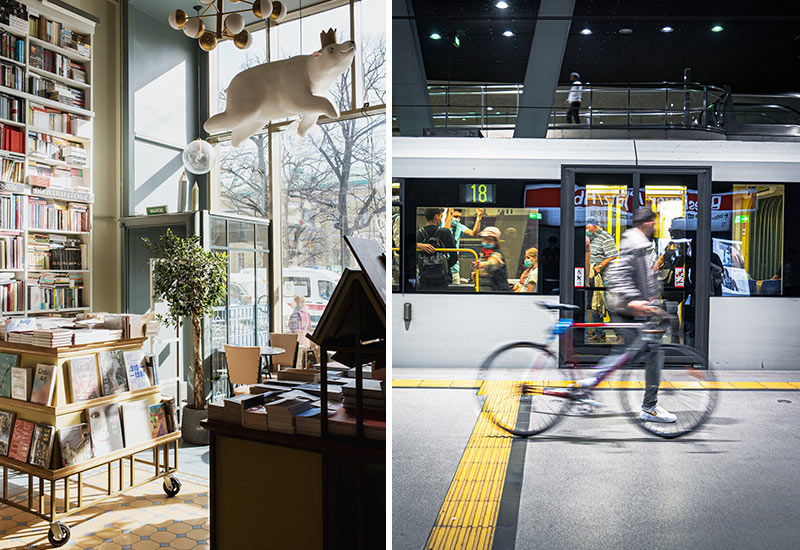
I could give you some general Strategies for a sustainable lifestyle list. But surely you already know how to Save water and energy or Avoid waste in everyday life can. And if you don't, you can simply learn from the linked articles 🙂
Of course, this article will also contain useful advice in this regard. However, I would rather focus specifically on how you can in the urban environment you can create a tangible, positive impact for the environment and our society with simple means.
1. use public transport to get from A to B
Let's start with the most obvious, green advantage of city life! If you literally switch from your car to public transport for your daily commute to work or to visit friends and events in the future, you'll make a gigantic difference with a relatively small change.
Because you reduce your CO2 emissions, among other thingsreduce traffic congestion, improve air quality and create more space in the cramped city.
So whenever possible, use Trains, buses, the streetcar or suburban and subway trains. They make it possible to transport large numbers of people in a compressed and resource-saving manner, so that fewer cars are on the road and Further space for new ideas for sustainable urban development are created.
As a rule, switching to public transport is not only more sustainable, but also much more relaxed and cheaper. With the 49 euro ticket (monthly ticket) or other offers of the local public transport companies you are (also compared to the car) pretty cheap on the road. The latter not only incurs costs for fuel and electricity, but also for parking tickets, insurance and taxes.
2. borrow cars, bicycles, books and drills if required
The concept of Sharing economy makes it possible, despite the anonymity of the city, to share many things with other people, thereby accumulating fewer possessions and still having everything you need.
Due to the large number of potential users, car sharing or sharing services for E-scooters, e-scooters and bicycleseven more so in large cities. Use them, for example, to organize a move or as a supplement to public transport. Or simply to shorten long walks when you are in a hurry. Finally, they even make it possible to use a Living without your own car to master.
The minimalist principle of "on-demand" sharing does not only apply to mobility services, of course. For example, you can also Books (e.g. in the classic way at the public library) or DIY store appliances (e.g. a cordless drill, a chainsaw or a car trailer). Or rent out a room in your apartment to tourists for a weekend.
All this protects natural resourcescreates space and supports sustainable city life.
3. save food with food sharing
The Careless handling of elaborately and resource-intensively produced food is a massive problem. And a symbol of the Trail companyin which we are currently still living.
Around 931 million tons of food end up in the bin every yearwhile at the same time around 735 million people worldwide go hungry.1
In order to meet the Counteracting food wasteFortunately, there are not only tips and tricks, but also great concepts such as food sharing. With the help of organized food sharing initiatives, online exchange platforms or even anti-food waste apps, private individuals can network with businesses that offer food - and Collect surplus, unsold productsso that they get to where they are needed.
In this way, millions of tons of edible food are saved from the garbage can every year.
Ultimately, saving food also promotes awareness of sustainable consumption and cohesion in the local community. A great example of a Living sustainable urban culturewhich you should definitely join.
Tip: Ultimately, saving food is not only particularly sustainable, but also good for the wallet and anyone on a tight monthly budget. For example, how you can Living sustainably as a student I have also put together a separate blog post for you.
4. green the roof, façade and balcony and install a balcony power plant
If you live in a big city, you usually have not lucky enough to have their own garden. But perhaps you have a balcony that can be wonderfully designed and used in a more sustainable way. Otherwise, the roof or exterior wall of a building can also be used for ecological purposes. All it takes is a little imagination 🙂
Green roofs, facades and balconies offer numerous ecological advantages, especially in urban areas with little space, such as the Improving air qualityThe plants also create species-rich habitats (e.g. for insects and birds) and reduce urban heat. The plants also bind large amounts of CO2 and convert it into valuable oxygen.
On a Sustainable balcony you can also (e.g. in a mini raised bed) very well Growing fruit and vegetables, composting organic waste, planting bee-friendly plants and even a Install balcony power stationwith which you can simply buy your electricity for domestic use. environmentally friendly self-produced.
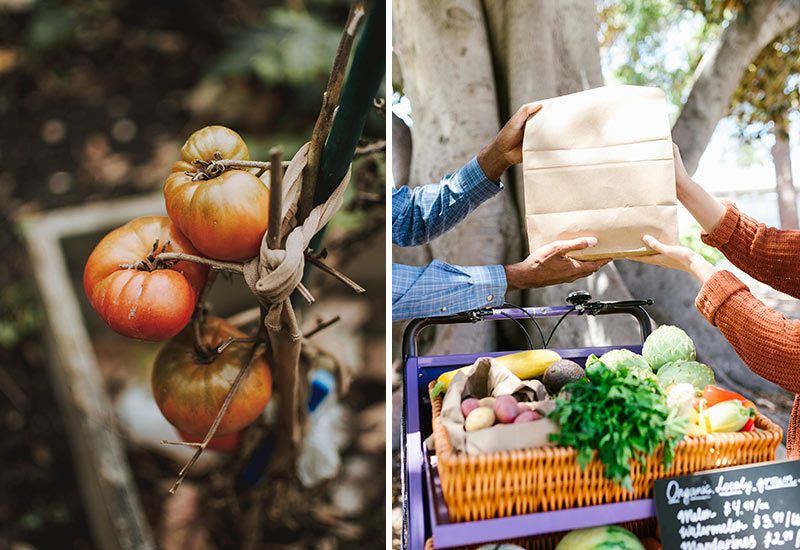
5. produce food through urban gardening or a community garden
Few things symbolize sustainable living in the city as much as communal fruit and vegetable gardens and the so-called Urban Gardening. This means that the horticultural development and use of mostly small-scale, inner-city areas (e.g. roof terraces) are meant.
The idea of "urban gardening" is not just about a source of fresh, healthy, local food. It also promotes a sense of community and a connection to nature, which can sometimes be lost in big cities.
In such green oases, city dwellers ultimately also have the opportunity, actively participate in the cultivation of fruit, vegetables or herbs - and their ecological footprint to minimize.
Additional Tip: Raised beds or small planters can also be wonderfully upcycled from old objects. Euro pallets or drinks and egg cartons are particularly suitable for this.
6. purchase food from farms in the surrounding area
Whether Weekly market, farmers' markets, market hawkers, monthly organic fresh food boxes or solidarity-based agriculture: Even in the big city, you have more and more opportunities to get your organic food directly from farmers in your region (without long transportation routes and seasonal).
This allows you to both small businesses and the organic farmingbut also in general the Promoting the local economy.
This not only makes your life in the city more sustainable - you also automatically eat from fresher and healthier products. The direct connection to the producers also creates a greater appreciation for the quality and effort involved in growing really good fruit and vegetables.
7. store at local stores and not online
It is no longer a secretthat the pedestrian zones of many Large and small towns are dying out. One of the reasons for this is that nowadays we have the luxury of being able to buy any product at any time. order on the Internet to be able
Sustainable city living therefore also means doing your shopping "around the corner" wherever possible to boost the local economy. Ultimately, your entire region will benefit - and not just individual online retailers.
Shopping locally is also much more environmentally friendly. Especially as the CO2 emissions and energy consumption from shipping as well as a lot of packaging waste are eliminated. You can also make a much more conscious purchasing decision as you are already holding the product in your hands. When ordering from the online store, you can Returns cannot always be avoided.
8. regularly support demonstrations and events for good causes
Truly effective demonstrations that are directed against ecological or social grievances, must be seen and heard. That's why they usually take place where there are a lot of people: in the cities.
If you want to attract attention and Initiate positive political change you should use this advantage as a "city kid" and regularly take part in public demonstrations that promote sustainable development.
9. use and promote sustainable projects, concepts and ideas in your city
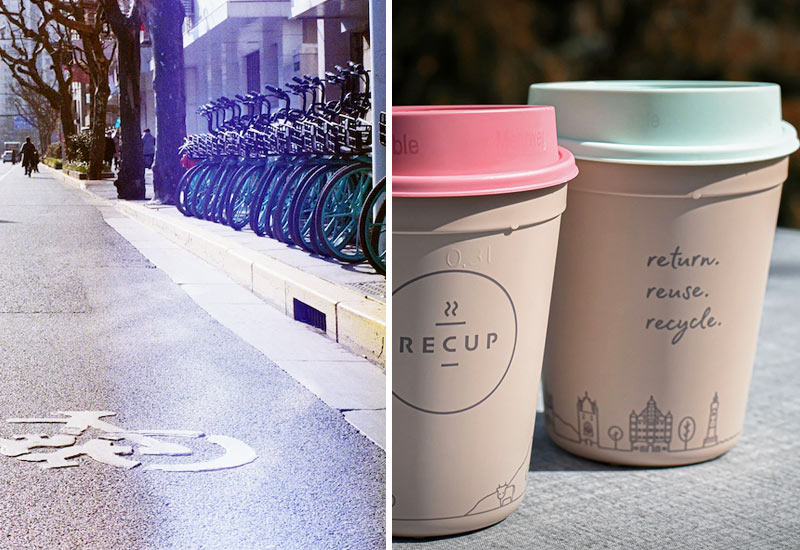
Every city has wonderful residents who make local life more pleasant, more beautiful and more environmentally friendly and launch great, innovative initiatives and projects. You should use them or even actively and financially support them so that they become established in the long term.
This can be, for example, a Crowdfunding campaign for a new unpackaged store, the planning of a car-free city center, an urban bicycle promotion program or even a local reusable system with reusable coffee-to-go cups (e.g. the "Refill" project).
It is also through your efforts that such ideas more and more acceptanceuntil they eventually reach the broad masses of the population.
10. to promote sustainable urban development
The aim should not only be to make your own life in the city more sustainable, but also to ensure that it is, that all people in the city (preferably automatically or at least much easier) live sustainably.
Accordingly, it is not only advisable to take advantage of the respective offers, but also to actively promote long-term, sustainable urban development and to contribute new ideas in order to to help shape the future.
You can do this, for example, by choosing a profession in the field of Urban planning search. Or by finding a Initiative for new cycle paths and create a Start online petition. (for example for new, green areas and the expansion of the city park)
City or countryside: is it easier to live sustainably in the city or in the village?
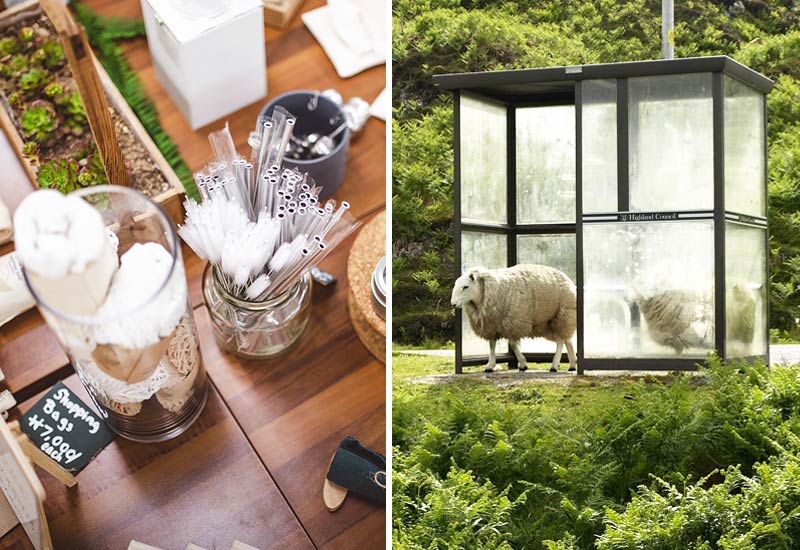
In the city it is certainly more practical and suitable for everyday useto travel by public transport. And the availability of sustainable options (whether restaurants or shopping facilities) is also greater. In the countryside, the Access to organic, regional food much easier. The opportunities to actively Promote biodiversity (e.g. in a large garden) are also much better.
So both have their advantages and challenges. And I could now list them all against each other and weigh them up. In my opinion but you don't have to move to the countryside to live in a more environmentally friendly way. Nor do you have to live in the middle of a big city. Ultimately, how sustainably you live depends on your individual circumstances and your personal attitude.
Combined with the knowledge, not having to do everything perfectlyIn any case, there are countless ways and means of making a real, environmentally and socially acceptable difference at both locations.
Tip: If you are interested in this topic, please also read the detailed article "City VS country - where is it more sustainable to live?".
Urban development: How can you recognize environmentally friendly cities?
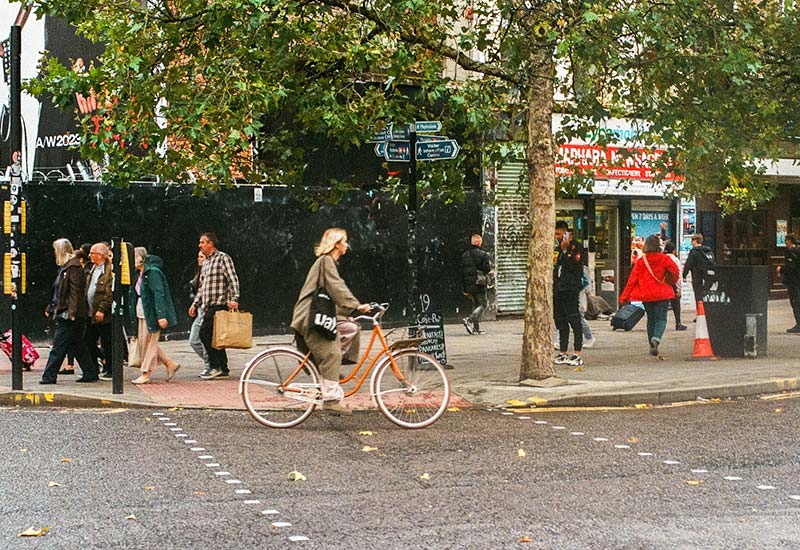
In addition to the tips and my brief city-village comparison, I would also like to paint you a picture of what a Sustainable city that makes it easier for its citizens to live in an environmentally friendly waylooks like or can look like.
Simply use the features described below. Also to help you better imagine why it is worthwhileto promote sustainable urban development:
- Green spaces and parks: A sustainable city is a green city. It has large park areas, green spaces and gardens with lots of trees. These not only improve air quality, but also provide a habitat for animals and recreational space for us humans.
- Environmentally friendly street furniture: Of course, sustainable objects also adorn the cityscape. For example, garbage cans, bollards, bicycle leaning brackets and Park benches made from recyclable materials like stainless steel. And they are completely recyclable even after their long service life.
- Sustainable mobility: You can recognize a sustainable city not only by the fact that you can easily get from A to B by bus and train. In some places (e.g. in Monheim), public transport can even be used free of charge, so there is no lack of incentives to use public transport. A good and constantly expanding network of cycle paths and lanes is also a good sign.
- Energy efficiency buildings: A city that is committed to sustainability specifically promotes the energy-efficient construction or conversion of buildings and the use of renewable energy sources.
- Waste management: Waste prevention and recycling also play a central role in an ecological city. The aim must be to make it as easy as possible for residents to avoid and properly dispose of waste.
- Initiatives: You can also recognize environmentally friendly cities by the fact that there are many communities, organizations and initiatives that are committed to sustainable development and sustainable action.
These features are some of the most important indicators that a city is actively working to become more sustainable and environmentally friendly and to improve local life.
Sustainable city living, made easy!
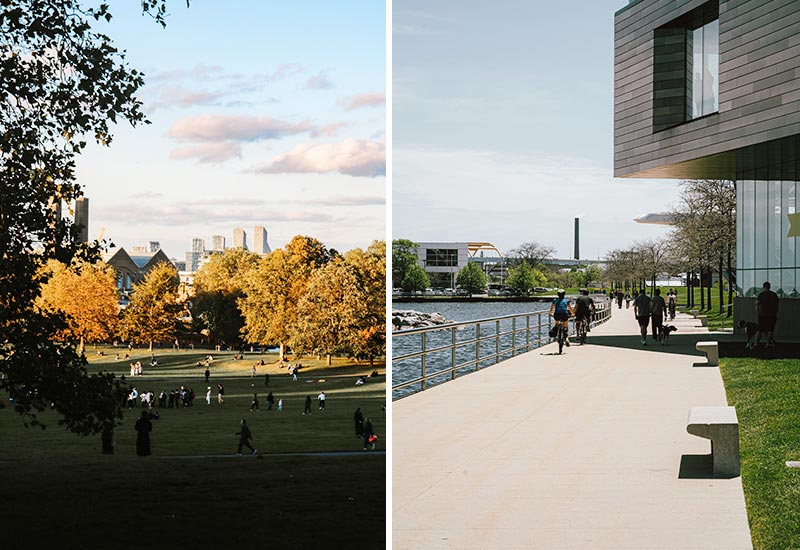
Our journey together through the various possibilities of sustainable city living ends here. But Your personal path to more sustainability in your city may only just be beginning.
Use public transport and your bike, save food, breathe life into your balcony and consume as locally as possible. There really are countless ways in which you can contribute to a greener, healthier and more liveable city and protect our planet.
"Change is necessary like the renewal of leaves in spring."
Vincent van Gogh (more at Change quotes)
The tips presented here show that sustainable living in the city is not only feasible, but also enriching for everyone. I very much hope that they have inspired you and helped you move forward.
Do you have any questions, suggestions or your own experience with eco-friendly living in the city that you would like to share? Then I look forward to your comment.
Stay sustainable and committed,

PS: Soothing sounds of nature are logically heard less often in the city than in the countryside. Find out how you can still enjoy them every day - and which sounds of nature are particularly beneficial to your health - in the next linked article.
Source reference:
- Deutsche Welthungerhilfe e. V.: Putting an end to food waste, available at https://www.welthungerhilfe.de/aktuelles/blog/lebensmittelverschwendung. [11.12.2023]. ↩︎








